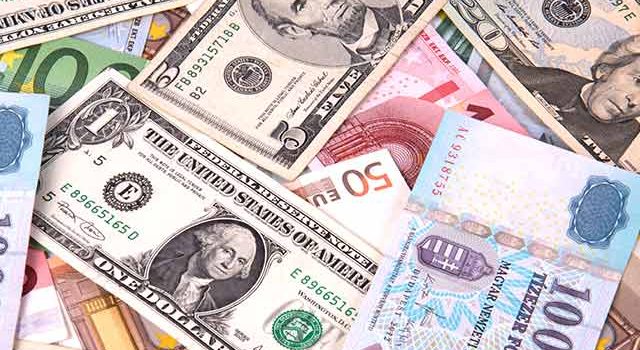Ghana recorded 874.01 million dollars’ worth of investments from 122 projects in the first half of 2021 despite the Covid-19 pandemic, an indication of the country’s attractiveness as an investment destination.
Of the total investment of US$874.01 million, the Foreign Direct Investment (FDI) component amounted to US$829.29 million while the local component accounted for US$44.72 million.
Foreign Direct Investment (FDI) in Ghana
The FDI amount of US$ 829.29 million was a remarkable increase of 32.15 percent in inbound FDI compared to the FDI value of US$ 627.52 million recorded in the same period last year.
This was in a statement from the Ghana Investment Promotion Centre copied to the Ghana News Agency in Accra.
“This strong FDI performance in the first half of the year was driven by success in key sectors, including the services sector with 63 projects at an estimated value of US$ 597.63 million, the manufacturing sector with 24 projects at a value of US$98.74 million, as well as general trading and Building and construction with FDI values of US$41.87 million and US$22.63 million respectively”, it said.
Foreign Direct Investments in Ghana & Job Creation
With operations at full capacity, the statement said, the projects registered so far, have the potential to generate 8,931 jobs, thereby improving aggregate employment.
According to GIPC data, 8,091 (90.59 percent) of these positions will be for Ghanaians, while the remaining 840 (9.41 percent) will be for non-Ghanaians.
Foreign Direct Investment Partners
Ghana’s largest investment partners for the period were Singapore with US$307.50 million, Australia with US$204.01 million, India with US$61.57 million and the Netherlands bringing in US$46.80 million. Both the United States and China also made large investments.
The statement said within the first half of 2021, a total of 27 completely Ghanaian-owned projects with an estimated value of US$669.64 million were registered while Existing companies contributed a total of US$11.56 million in extra equity (cash and goods).
Distribution of FDIs in Ghana
With respect to the distribution of projects, it said nine regions gained from the distribution of the 122 projects.
The Greater Accra area surpassed all other regions, with 96 projects, accounting for 78.69 percent of all projects filed in the first half of the year.
The other regions to have recorded projects are the Ashanti and Western regions with 8 and 9 projects respectively, Bono, Central and Eastern regions with two projects each, whilst Ahafo, Northern and Upper West regions recorded a project each.
It said the steady performance can be attributed to the activation of the Ghana COVID-19 Alleviation and Revitalization of Enterprises (CARES) programme as well as the timely roll out of several government incentives which prompted a quick recovery of the Ghanaian economy.
Nonetheless, the United Nations Conference on Trade and Development (UNCTAD), observes that the COVID-19 pandemic has had a significant impact on global FDI flows, as global FDI decreased by a third to $1 trillion in 2020, considerably below the ten-year trough experienced during the global financial crisis.
However, UNCTAD anticipates that Global FDI flows are likely to recover some ground in 2021, with a 10 to 15 percent growth.
The statement said the pace of economic recovery and the probability of pandemic relapses, as well as the possible impact of recovery spending packages on FDI and policy pressures, were elements that will influence investment prospects.
It said the GIPC remained optimistic about maintaining the upbeat performance while moving forward in a new and innovative way.
This, the Centre hoped to achieve by reviving international investment as a conduit for economic growth through aggressive engagement with the international investor community and the organization of the first Annual investment summit dubbed “Spark up 2021”.
It further said attracting investments under the country’s CARES initiative would continue to be a priority to the Centre in order to guarantee that Ghana’s economic recovery was inclusive, with benefits flowing to all sectors of the economy.










